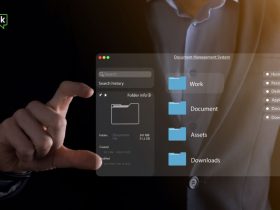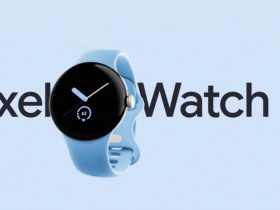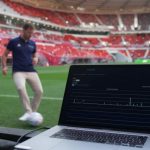In this year’s World Cup, FIFA is utilising new artificial intelligence to assist referees in calling offsides.
Here Is How It Functions
Twelve cameras mounted to the stadium roof serve as the semi-automated offside technology (SAOT) system, which follows the ball and each player’s movements.
SAOT tracks and recognises players and the ball utilizing artificial intelligence, calculating their whereabouts 50 times per second.
The official ball for the Qatar 2022 World Cup, Al Rihla, which means “the voyage” in Arabic, has a sensor attached that enables SAOT to compare the precise moment it was kicked with the position of the team’s last defender and the other team’s striker.
This level of accuracy is essential in close calls where referees struggle to signal offsides swiftly. On this, a goal or even the outcome of the entire game can occasionally depend. The video match officials are informed whenever SAOT detects an offside. The referee, who has the ultimate authority, is informed. The system is, hence, referred to as “semi-automated”.
The video match officials are informed whenever SAOT detects an offside. The referee, who has the ultimate authority, is informed. The system is, hence, referred to as “semi-automated”.
Advanced Offside Detection
Soccer matches frequently employ video assistant referee (VAR) technology. They take substantially longer than SAOT to detect an offside—about 70 seconds. Officials had to determine the ideal kick time and mark the offside line without the aid of VAR technology. They only need to check the system-recommended offside with SAOT.
FIFA’s website says the new procedure “happens within a few seconds and implies that offside rulings can be determined faster and more correctly.”
If the referee agrees with SAOT’s recommendation, the system will produce a 3D cartoon of the offside broadcast to be shown to spectators on a sizable screen in the stadium.
According to FIFA, the SAOT system is currently “the most accurate offside support system accessible to video match officials” after three years of testing.
Object Detection Is A Complex Task
Video analysis is the process of understanding and extracting useful information from video footage. Computer vision is the branch of artificial intelligence that deals with this.
Consider being a machine that lacks the ability to view things as humans do. Digital cameras are used as a substitute for your eyes, which capture light and convert it to data. The information describes how each pixel appears in each frame, including the proportions of green, red, and blue in each pixel.
Typically, this information appears as a massive table of values. For instance, each row would have 1920 pixels, and each column would have 1080 pixels in a 1080p film, where each frame has 1920 x 1080 pixels.
What sense can you make of this? As it turns out, object recognition and tracking is one of the trendiest areas in artificial intelligence.
Also Read: Apple To Lose 6 Million iPhone Pro Units Amid China Lockdown Protests
To mitigate this problem, data scientists have created a variety of methods. A convolutional neural network is one of them (CNN). You can see how this procedure appears on this website created by Adam Harley, a postdoctoral researcher at Stanford Adam Harley, a postdoctoral researcher at Stanford University in the US.
CNNs operate by layer-by-layer detecting things. Consider the process of attempting to identify an object in a completely dark environment to get an idea of how this works.
You will ask a series of progressively specific questions while feeling the item with your hands. Is it firm or soft? This might be your initial question.
When you press the item, you discover it is soft in some places and hard in others. This movement alters your perception of the object because you now have sufficient knowledge to recognise that it has both soft and hard qualities. This information would represent the initial “layer” of detection. This would be referred to as the “convolution” in CNNs.
Normally, large video datasets of items that have already been recognised by humans are used to teach artificial intelligence systems like SAOT, in this case, soccer players on the field. Artificial intelligence picks up on the players’ appearance in this way. Following extensive training, this technology can detect and follow players with ease and speed.



























Leave a Reply